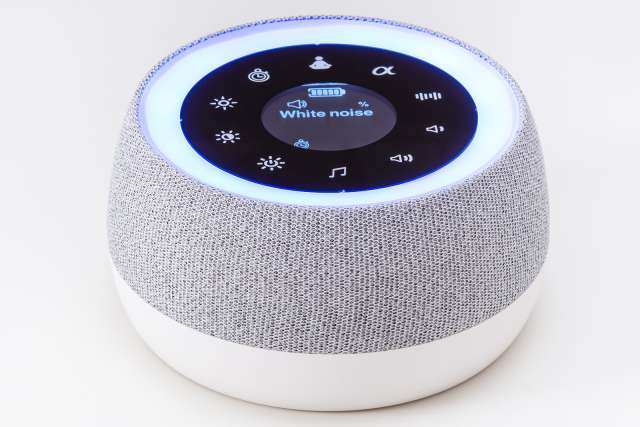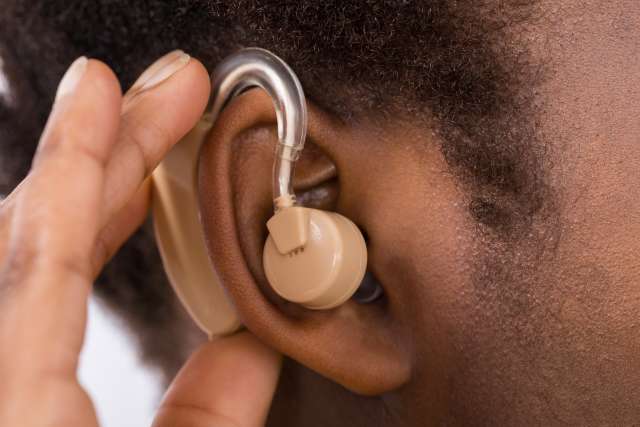Dear Doctors: Our sound machine died, and my husband is shopping for a new one. It made sounds like rain and surf, which helped both of us sleep. The ads for some of the new machines talk about different colors of noise. Is that a real thing? Does it matter what kind we get?
Dear Reader: Noise is one of the primary disrupters of sleep. Yet, as the millions of people who use sound machines will attest, a specific type of noise can improve sleep. These mechanical devices deliver a blanket of continual sound. They not only mask and absorb disruptively loud, sharp and sudden noises, they can also aid in falling asleep more quickly and in staying asleep. These factors are important aspects of good-quality sleep, which plays a crucial role in physical, mental and emotional health and well-being.
The hissing, whooshing and whirring sounds produced by sound machines have long been referred to simply as white noise. But recently, ads for some of the newer models have borrowed from the realm of sound engineering. Here, the language of sound expands the color wheel to include pink, green, brown, violet and blue noise. There's even something known as velvet noise. The differences lie in the variety of specific frequencies of sound that are blended together to produce the sound.
White noise is constant sound that contains all of the frequencies in our audible spectrum, produced at equal amplitude. Because it contains all frequencies with equal intensity, white noise is effective at masking a range of external sounds. Pink noise eliminates some of the higher frequencies of white noise and stresses deeper sounds at a lower frequency. This can be easier on the ears, and thus more soothing than the blank static of white noise. Blue and violet noise also trade higher frequencies for the lower sounds of the spectrum.
Deeper still is brown noise, sometimes also known as red noise. If you're thinking in terms of a sound machine, it would be the deep-toned setting that sounds like a moving train. Green noise splits the difference between white and pink noise. It is often associated with sounds in the natural world, such as a trickling waterfall, the surge of surf or the patter of rainfall on tree leaves. Because green noise includes mid-range frequencies, it can be particularly effective at masking the sound of human speech.
As for which color of sound is the best for sleep, there is no answer at this time. Perhaps in the future, a large and robust study will draw a conclusion. For now, though, it's a matter of preference. One thing that has become clear is that it's important to modulate the volume of the devices. Constant or repeated exposure to noise can have a detrimental effect on hearing. This is particularly true for infants and children. The American Academy of Pediatrics recommends placing sound machines at least 7 feet away from a child's bed and keeping the volume at less than 50 decibels. If a machine doesn't offer specifics about volume, the output can be checked with a smartphone decibel app.
(Send your questions to [email protected], or write: Ask the Doctors, c/o UCLA Health Sciences Media Relations, 10960 Wilshire Blvd., Suite 1955, Los Angeles, CA, 90024. Owing to the volume of mail, personal replies cannot be provided.)





